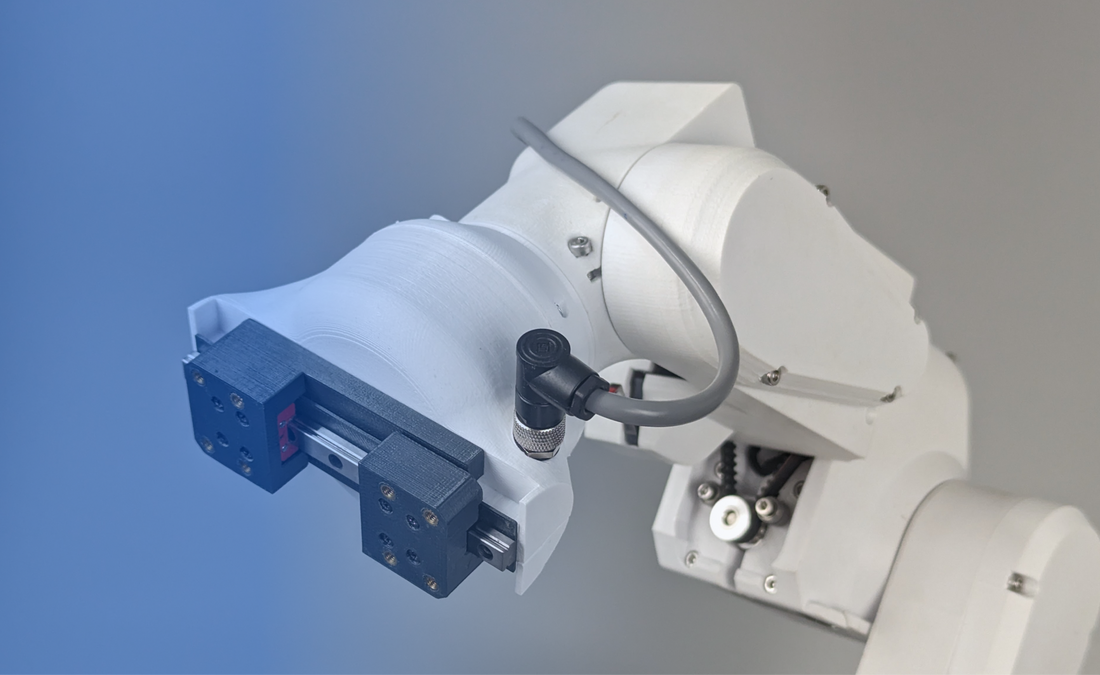One notable advantage of utilizing electric grippers is the ability to precisely control both the closing speed and the grip force. This level of control is achievable due to the direct proportionality between the current of the electric motor and the torque it applies. This capability proves particularly beneficial in numerous scenarios, particularly when the gripper is tasked with handling delicate or fragile objects. The ability to chose the closing speed and grip force enhances the gripper's versatility, ensuring gentle yet secure manipulation of items, thus minimizing the risk of damage or breakage.
How industrial electric grippers work?
In motor control, torque is directly proportional to current, and we leverage this relationship. Although we can utilize torque sensors integrated into grippers, they come at a significantly higher cost.
We have the capability to control the position, speed, and torque of these grippers. Multiple operating modes are available, such as closing at a commanded speed and, upon reaching a certain torque value, holding that position or sustaining the applied torque.

SSG-48 adaptive electric gripper prioritize speed control as the primary objective. This means measuring the closing speed of each finger (via motor encoder readings) and adjusting the drive output to match a target velocity. The secondary objective is to prevent excessive force while tracking the target speed. To achieve this, the drive output is constrained to avoid surpassing a predefined maximum current (and force). If the current threshold is exceeded, it indicates an obstruction in the path of the finger, prompting the motion to halt (a signal is then sent to the robot indicating completion of the grip when all fingers are stationary). Adjusting the maximum current target directly regulates the grip force.
Disadvantages
Electric grippers offer exceptional precision and flexibility but may come at a higher cost and require more complex control systems. Typically, they communicate using protocols such as CAN bus, RS485, or Ethernet. Integrating them can be challenging, especially if documentation is lacking. Additionally, some electric grippers are proprietary to specific robot arm manufacturers, limiting their compatibility across different systems.

